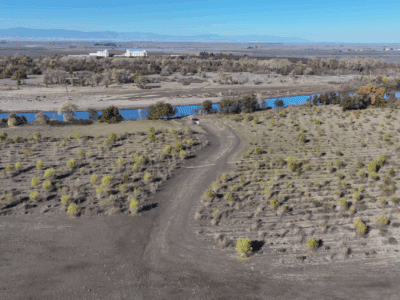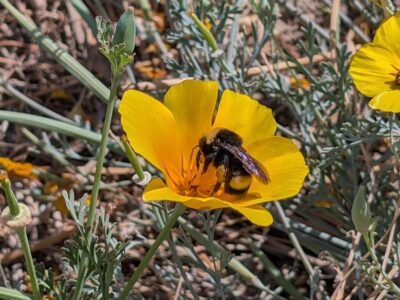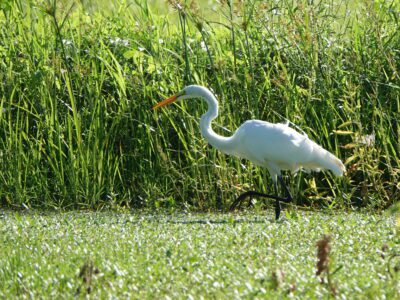In the winter of 2017, storm clouds dumped nearly 95 inches of rain on California’s Central Valley. The unseasonably wet year quenched our 5-year drought and Californians dared to hope for a return to “normal.”
That relief was short-lived. The past two years have already reflected the worst years of the last drought, with rainfall just as sparse and temperatures almost as hot. Although this year’s snowpack was 70 percent of normal, unseasonably warm temperatures caused most of that snow to evaporate, leaving little to run off into California’s streams and reservoirs.
Our current situation seems dire, but we are not powerless. We asked River Partners’ President Julie Rentner about the impact of California’s latest drought, and how restoring our rivers is making a difference in bolstering the state’s drought and climate resilience.
How is River Partners’ work helping California’s water system?
Julie: Water is a fundamental resource for every Californian whether we live on the coast or in the mountains, north or south. It’s critical to the continued health of our communities and economy and the well-being of a growing number of imperiled animals and plants. River Partners’ river and floodplain restoration projects reduce water use by transforming farmland with a significant water footprint to native habitat that has a small and flexible water footprint. We dedicate the water saved through that land conversion to sources that really need it, like underserved groundwater-dependent communities and waterways supporting imperiled fish and wildlife.
We’ve measured how much water savings we can get from large restoration projects. At Dos Rios Ranch Preserve near Modesto, we’ve documented water savings of approximately 7,020 acre-feet per year over what the site was consuming when it was farmland. That’s enough water to supply thousands of California households every year.
The riverside forests we grow contribute to the state’s water infrastructure in other ways, too. Forest cover along rivers running through the Central Valley means shade, cooler temperatures, and retained soil moisture. Restored floodplains also help recharge groundwater aquifers, slowing down water in flood years and letting it spread across the landscape and soak into the ground. Dos Rios Ranch’s restored floodplains can store up to 10,000 acre-feet of water during a flood, which can be stored and used during droughts like the current one by wildlife, farmers, and families.

As River Partners continues restoring rivers across California, how different might future droughts look?
Julie: If River Partners achieves its mission, if we can restore and reconnect river corridors at the scale we anticipate, the state can achieve a better balance in how water is allocated for people and the environment. Future droughts will look different. River Partners’ work expanding floodways and pushing back and breaching levees is already putting water back into that unused reservoir below our feet. We advance an integrated solution to the two extremes of flood and drought: capture and store abundant floodwater underground that can then be drawn upon in times of drought. There’s over 10 times the storage in San Joaquin Valley groundwater aquifers than in existing or proposed reservoirs in the region. The price tag for such replenishment is roughly one-third the cost of building and storing water in a new reservoir and can be achieved much faster.
If we can marry cutting-edge science and our collective understanding of groundwater hydrology, we can expand this storage solution across more than 10,000 floodplain acres in the valley.
In addition, future droughts will be less expensive for state resource agencies because there will be less need to monitor and rescue vulnerable wildlife like salmon. There will also be more opportunities for people and communities to get outside and enjoy open spaces and clean water.
How is this year’s drought affecting fish?
Julie: Unfortunately, we’re in a position where human intervention is required to keep salmon and steelhead alive. Already this year, the California Department of Fish and Wildlife has been trapping and rescuing salmon and other fish from major rivers that are drying up. We’ve already reached a point where water temperatures in our rivers are lethal for fish, and so a good amount of money and time is being spent putting them in trucks and driving them to release sites like San Pablo Bay near the Golden Gate Bridge so they can make it out to the ocean.
River Partners restores riverways below dams to improve wildlife habitat, so in years that aren’t so extreme fish can find appropriate habitat. What our floodplain restoration and reconnection work does in non-drought years is reduce the reliance on such extreme interventions. It allows the system below the dam to function well.
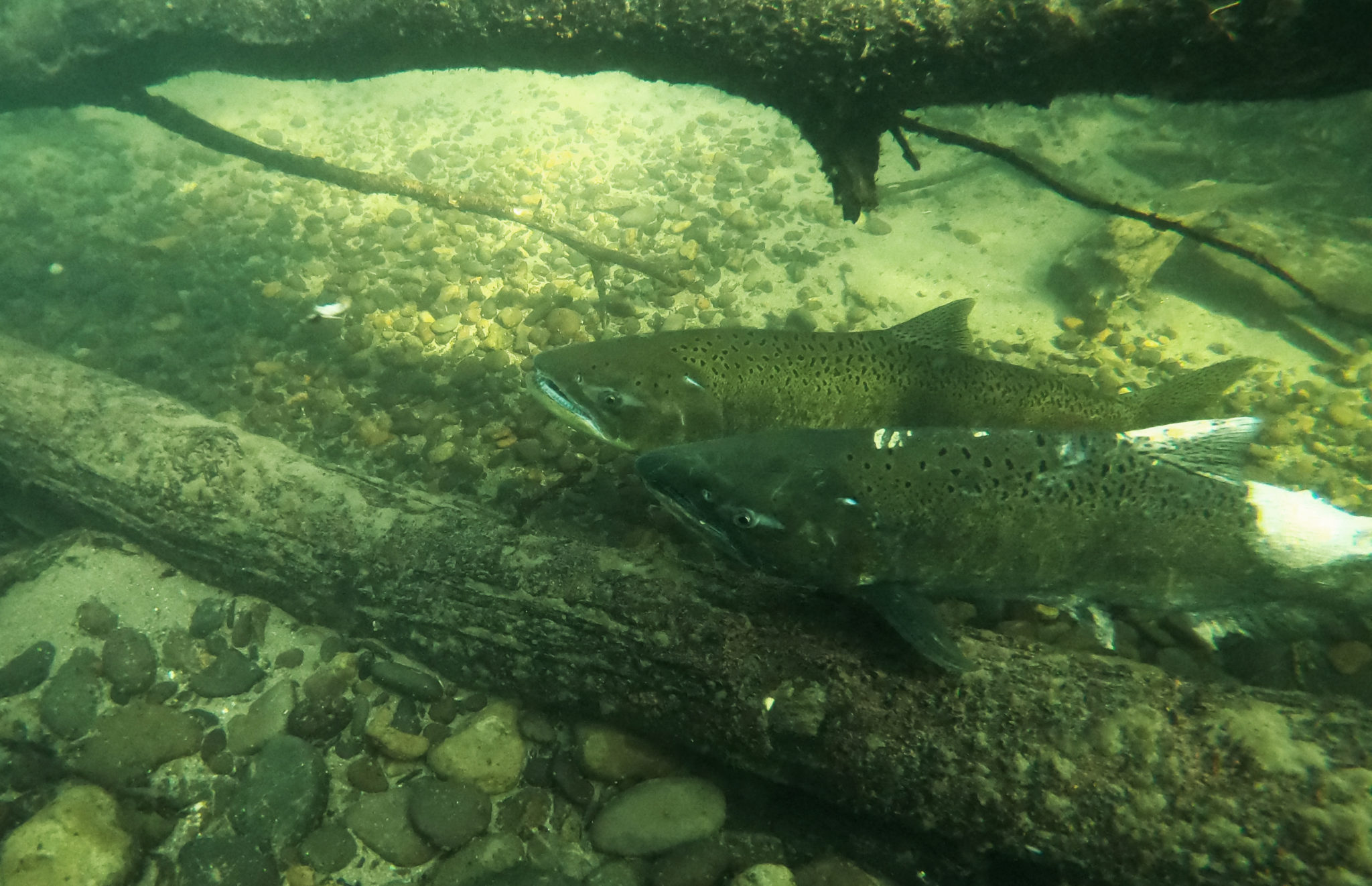
How does drought impact wildlife other than fish?
Julie: All biodiversity of California is linked to water. Our projects can help with shading and water conservation, so they’re supporting life from the most basic single-celled organisms all the way up to mountain lions and bears. And what drought means for all those critters is just increased competition for the resources they need for survival. This year, we saw lots of wildflowers bloom early and dry out quickly, so species like bees and butterflies that would normally be finding nectar throughout the springtime months, find themselves now without anything to eat.
Less food availability for insects means riparian songbirds and fish that eat bugs don’t have as much food, which means their reproductive success this year will be much lower than in wet years. And then if you think about other critters, any of the small mammals that live along river corridors, they’re getting less food to eat, they’re seeing warmer temperatures, and have less water to drink. Everything that relies on those critters for food is experiencing population declines as well.
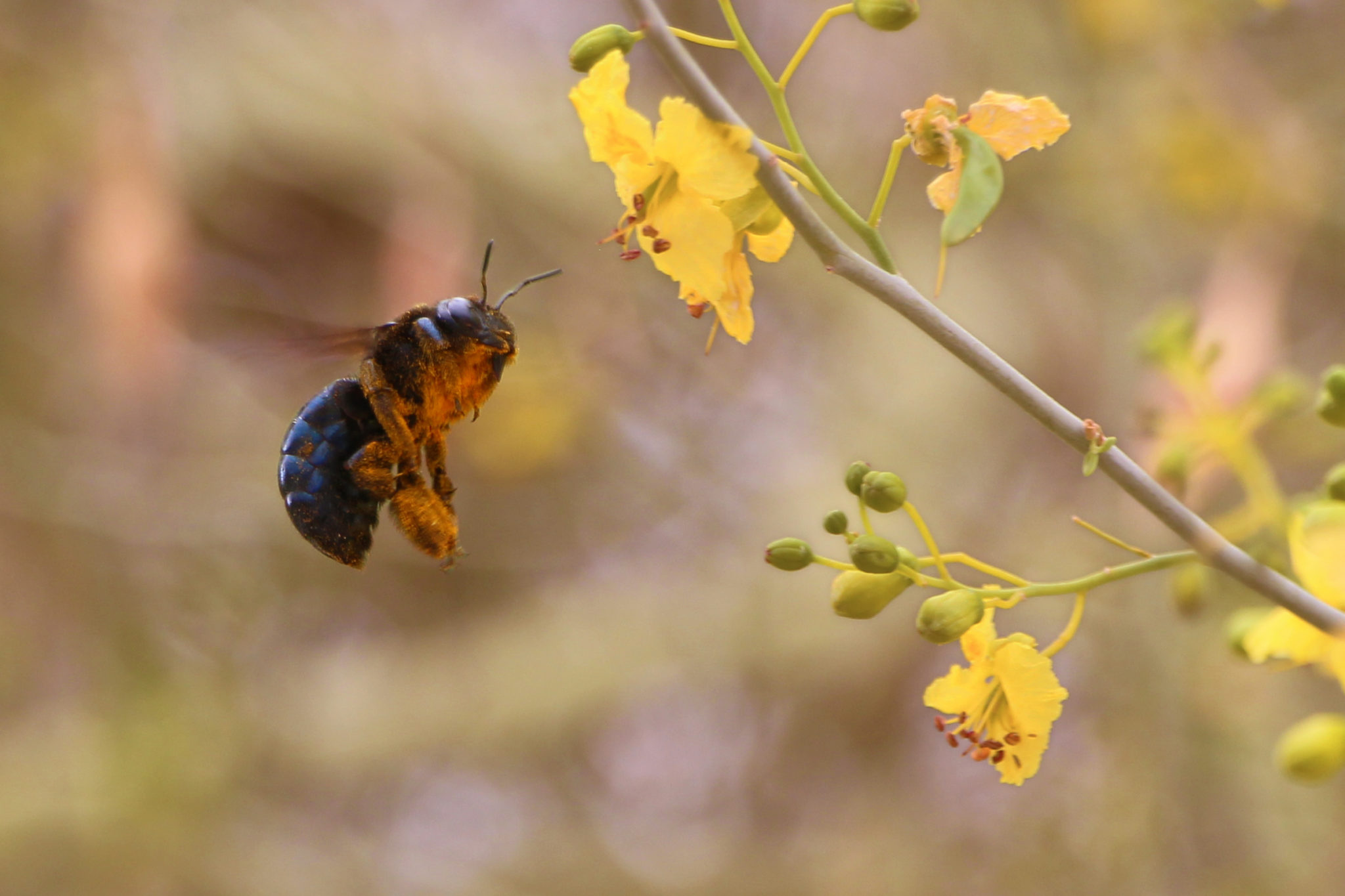
Are you hopeful about California’s water future?
Julie: Well, one thing that the 2016 drought showed us all, and it’s showing us again this year, is that drought is the great unifier. It’s the crisis that affects everybody profoundly. So, I’m optimistic in that I’m seeing a lot more partnership. I hope we don’t need many more of these big droughts to get to the really big action needed for a truly sustainable approach to water management and use. But if you think about the last drought, in 2014 we passed the Sustainable Groundwater Management Act, which aims to stop groundwater over-pumping by 2040 to ensure sustainable groundwater supplies for wildlife, farms, and communities for the long haul. And, for the first time in California’s history, we’re engaged in serious planning to sustainably manage belowground aquifers that we’ve depleted over the last 150 years. That’s significant.
Like California’s Natural Resources Secretary Wade Crowfoot has said, “Winning slowly is still losing.” We’re still losing if we’re winning in tiny bites. We need to be doing much bigger things faster. That’s how urgent the situation is. But, I’m optimistic and excited to leverage some really amazing partnerships with irrigation districts, flood managers, conservation leaders, and diverse communities across the valley to find those big wins and fast results we need.
Header photo by Frank Schulenburg is licensed under the Creative Commons Attribution-Share Alike 4.0 International license.


